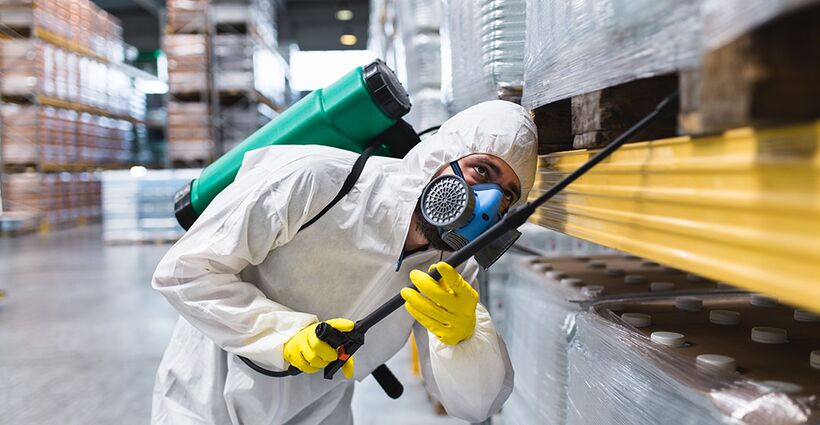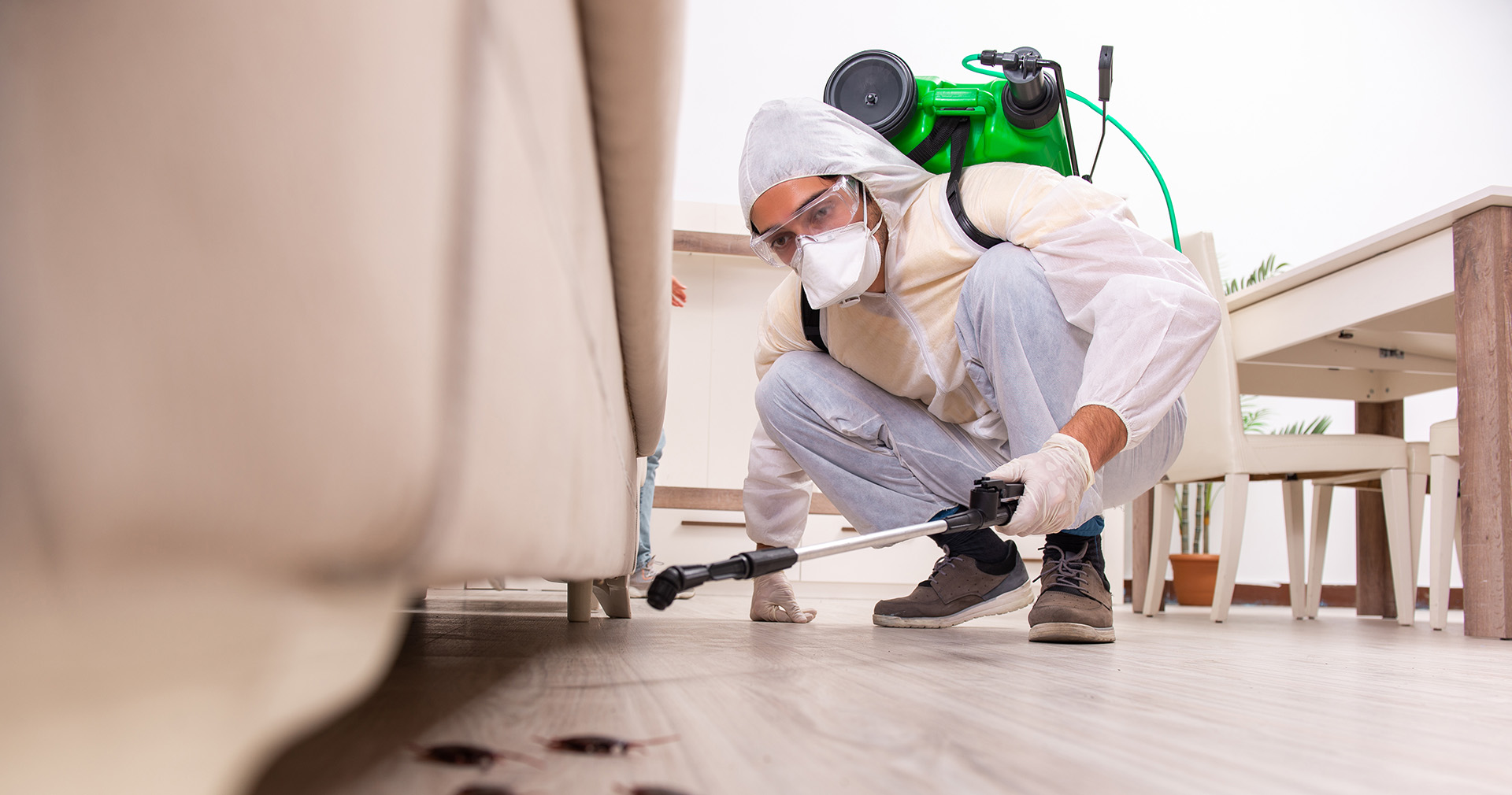Affordable Rat Control Coquitlam Services to Keep Your Home Safe
Affordable Rat Control Coquitlam Services to Keep Your Home Safe
Blog Article
Safe and Dependable Insect Control for Lasting Protection
Effective insect monitoring requires a diverse approach that balances environmental honesty with the requirement for efficient bug reductions. The nuances of these methods might not be quickly clear, prompting a closer examination of the techniques that can lead to lasting insect control end results.
Understanding Bug Control Methods
Parasite control includes a variety of methods focused on managing and removing undesirable bugs and rats that can intimidate both health and residential property. Understanding these approaches is crucial for reliable bug management.
The main classifications of parasite control methods consist of mechanical, biological, and chemical methods. Mechanical approaches include physical obstacles and traps to prevent pest entrance and capture undesirable species. Making use of displays on home windows or utilizing sticky catches can substantially minimize pest populations without presenting unsafe substances - exterminator coquitlam.

Chemical insect control is frequently the most recognized technique, using pesticides to eliminate parasites. These chemicals can be effective but need to be used with care to stay clear of negative effects on non-target species and the environment.
Advantages of Eco-Friendly Solutions
Just how can eco-friendly solutions transform parasite control methods? The fostering of environment-friendly insect control techniques provides numerous advantages, dramatically enhancing the performance and safety of parasite monitoring.

Another benefit is the favorable effect on local biodiversity. Eco-friendly options are developed to target particular bugs while preserving beneficial insects and wildlife, advertising a well balanced ecosystem. This method lines up with the expanding consumer need for sustainable practices, enhancing the online reputation of pest control providers.
Integrated Pest Administration Methods
The execution of environment-friendly options normally brings about the fostering of Integrated Pest Administration (IPM) techniques, which further enhance bug control effectiveness. IPM is a holistic method that integrates multiple tactics to take care of parasite populaces while lessening ecological influence. This approach emphasizes the use of organic, cultural, mechanical, and chemical controls, ensuring a lasting and balanced technique of bug monitoring.
One fundamental element of IPM is the complete assessment of insect activity and ecological problems. By keeping an eye on insect populations and identifying their life process, practitioners can execute targeted treatments that interfere with the insect's environment or lifecycle, decreasing dependence on chemical pesticides. In addition, social practices such as crop rotation and habitat manipulation can considerably decrease parasite establishment and reproduction.
One more important part is making use of biological control representatives, such as helpful pests or bacteria, which can naturally subdue pest populations. When chemical applications are needed, IPM prioritizes using low-risk pesticides and applies them uniquely, decreasing direct exposure to non-target microorganisms and humans.
Incorporating termite barrier IPM approaches not just improves bug control effectiveness but additionally advertises a more secure ecological community, lining up with the expanding need for sustainable methods in pest monitoring.
Safe Practices for Home Owners
Understanding the value of risk-free techniques in parasite control can equip homeowners to efficiently handle insect issues while safeguarding their health and wellness and the environment. Carrying out safe approaches and safety nets is important in reducing direct exposure to harmful chemicals.
House owners should initially examine their environment for conditions that attract parasites, such as standing water, food, and clutter waste. Regularly cleansing and securing access points can prevent bugs from getting into the home. Making use of natural deterrents, such as crucial oils or diatomaceous earth, can offer reliable options to chemical pesticides.
When chemical therapies are required, home owners must choose products that are especially labeled as risk-free for residential use. It is necessary to comply with application guidelines thoroughly to stay clear of overexposure. Using targeted treatments in locations where bugs are identified, instead than covering splashing, can significantly reduce chemical use.
Lastly, preserving open communication with parasite control professionals is vital. Home owners should ask about the security of products made use of and request environmentally friendly alternatives whenever feasible. By taking on these secure practices, homeowners can produce a much healthier living atmosphere while effectively handling pest issues.

Tips for Long-Term Defense
Developing a pest administration approach that highlights long-term defense can considerably improve the efficiency of the risk-free practices previously reviewed. To achieve this, property owners must implement regular examinations of their property, concentrating on hidden areas such as attic rooms, cellars, and crawl areas. Early discovery of parasite activity is crucial in protecting against infestations from read this post here holding.
These methods reduce attractants that attract parasites right into the home. Sealing entry factors, such as fractures around windows and doors, can efficiently obstruct possible bug accessibility.
Landscape design needs to also be considered; keeping plants cut and preserving a range in between plant life and the home lessens hiding spots for parasites. Making use of natural deterrents, such as necessary oils or diatomaceous planet, can even more prevent invasions without considering harsh chemicals.
Lastly, teaming up with a professional bug control solution for regular assessments can offer an extra layer of protection. These professionals can offer customized recommendations and progressed therapies, making sure that your home continues to be shielded against pests in the lengthy term.
Verdict
To conclude, secure and dependable bug control calls for a complex method that emphasizes environmentally friendly techniques and incorporated parasite administration. By applying natural deterrents, conducting regular assessments, and maintaining correct hygiene, homeowner can dramatically reduce pest populations while protecting useful insects and the setting. Cooperation with professional insect control solutions enhances the performance of these methods, guaranteeing customized remedies that provide lasting protection and satisfaction versus future infestations.
Effective bug monitoring needs a multifaceted approach that balances ecological stability with the requirement for efficient pest reductions. The adoption of eco-friendly bug control approaches offers numerous benefits, considerably boosting the performance and safety of bug monitoring.The implementation of eco-friendly solutions normally leads to the fostering of Integrated Bug Monitoring (IPM) strategies, which further improve bug control efficiency. exterminator coquitlam. By checking bug populations and identifying their life cycles, basics specialists can apply targeted interventions that interfere with the insect's environment or lifecycle, minimizing reliance on chemical pesticides.In conclusion, trusted and risk-free bug control needs a complex technique that stresses environmentally friendly methods and incorporated insect management
Report this page